"Mastering Poorna Shalabhasana: Steps, Benefits, and Precautions for Full Locust Pose"
Soham Yoga School Rishikesh, India
Eka Pada Pranamasana (Vrikshasana): Introduction, How to Do It Step by Step, Its Benefits, and Contraindications with Modifications
Introduction
Poorna Shalabhasana, or Full Locust Pose, is an advanced yoga posture known for its deep backbend and intense core engagement. This posture goes beyond the basic Shalabhasana by lifting the legs vertically and bending them to touch the head, resulting in an invigorating stretch for the spine and a powerful challenge to the practitioner’s strength and balance. Practicing this pose regularly can improve flexibility, strengthen the back muscles, and enhance overall body coordination.
Steps to Practice Poorna Shalabhasana (Full Locust Pose)
1. Begin with Shalabhasana
Start by lying flat on your belly with your arms extended along the sides of your body, palms facing down, and legs together. Lift your legs as high as possible, keeping them straight and engaged.
2. Engage your arms
Firmly press your arms and shoulders into the floor. Tense the arm muscles to provide the necessary support as you prepare to lift your legs.
3. Lift the legs with momentum
With a slight jerk, lift your legs toward the vertical position, aiming to balance on your shoulders, arms, and chin. Keep your head in contact with the floor.
4. Find your balance
Once your legs are vertical, adjust your position to achieve balance. Keep your arms and shoulders pressed firmly against the floor for support.
5. Bend the knees
Gradually bend your knees and lower your feet until your toes touch your head. This is the final position of Poorna Shalabhasana.
6. Hold the posture
Stay in the final position for as long as comfortable, breathing deeply and maintaining balance.
7. Return to starting position
To release the pose, slowly lift your feet away from your head and straighten your legs to find balance again. Gradually lower your body back to the starting position, lying flat on your stomach.
8. Rest and recover
Turn your head to one side or assume Adivasana (reverse corpse pose) to allow your breath and heartbeat to return to normal.
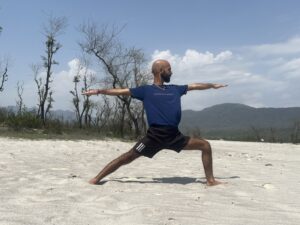 Virabhadrasana II (Warrior II Pose): A Complete Guide
Virabhadrasana II (Warrior II Pose): A Complete Guide
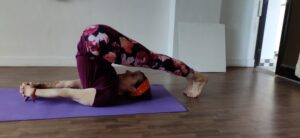
Halasana (Plow Pose): Mastering the Steps, Benefits, Contraindications, and Modifications for a Healthier Practice
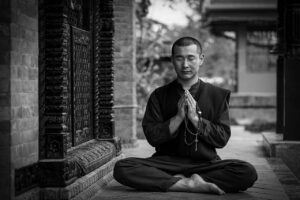 Moksha Through Bhakti Yoga Read More…
Moksha Through Bhakti Yoga Read More…
Benefits of Poorna Shalabhasana
- Strengthens the spine and back muscles: This pose helps build strength in the entire back, including the lower, middle, and upper back regions.
- Enhances flexibility: Poorna Shalabhasana offers a deep stretch to the spine, shoulders, and hips, improving overall flexibility and mobility.
- Boosts core strength: Lifting and balancing the legs engages the core muscles, promoting stability and abdominal strength.
- Stimulates the nervous system: By compressing and releasing the spine, this posture stimulates the nervous system, enhancing mental focus and clarity.
- Improves posture: The backbend in this pose counteracts the effects of slouching, helping to improve posture and alleviate back pain.
Precautions and Contraindications for Poorna Shalabhasana
- Avoid this pose if you have a history of severe neck, shoulder, or lower back injuries.
- People with high blood pressure, heart conditions, or hernias should refrain from practicing Poorna Shalabhasana.
- Pregnant women should not attempt this pose.
- If you are new to this pose, practice under the guidance of a qualified instructor to avoid injury.
Modifications for Beginners Practicing Poorna Shalabhasana
For those still building the strength and balance required for Poorna Shalabhasana, start by practicing Ardha Shalabhasana (Half Locust Pose). This preparatory pose helps develop the necessary back and core strength. You can also practice lifting one leg at a time, swinging them progressively higher until you can hold the vertical position.
Conclusion
Poorna Shalabhasana is a powerful posture that challenges the body’s strength, flexibility, and balance. While it may take time to master, the benefits it offers—such as improved spinal health, core strength, and mental focus—are well worth the effort. With consistent practice, this asana can help you deepen your yoga journey and unlock new levels of physical and mental well-being.
Explore Our Range of Upcoming Yoga Training Courses Rishikesh
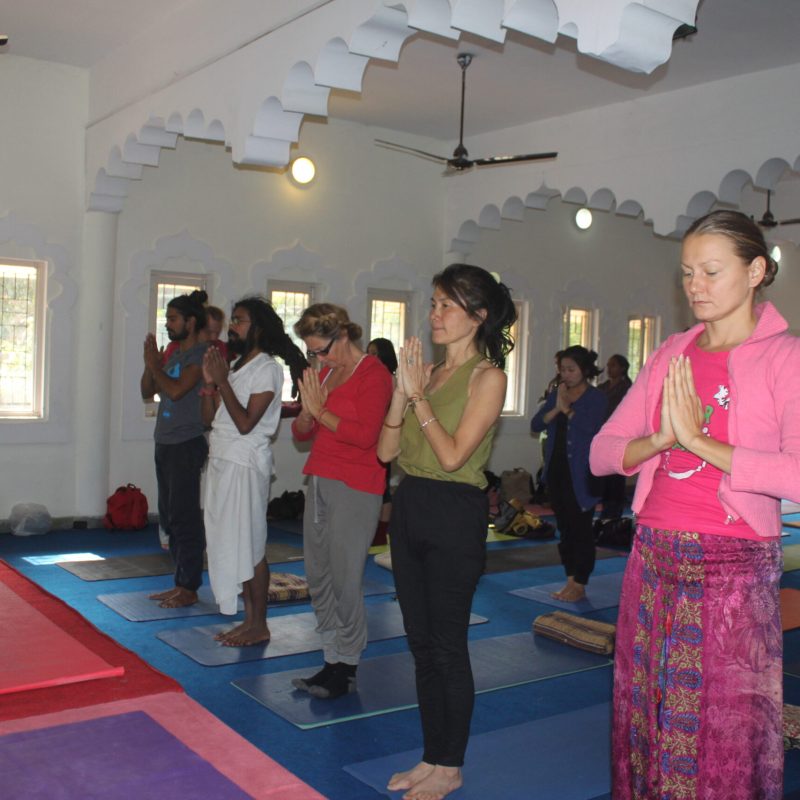
100 Hour Yoga Teacher Training in Rishikesh (India)
Duration: 14 Days
Module: Residential with Meal
Accommodation: Shared Room
Certification: Yoga Alliance USA
Course Fee: 699 USD
Yoga Style: Hatha Yoga
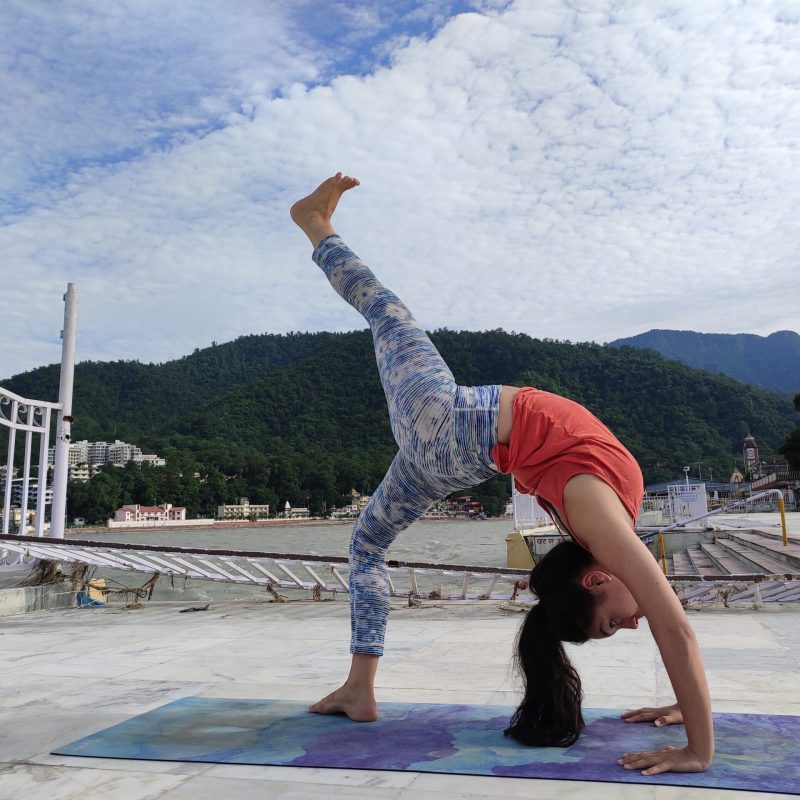
200 Hour Yoga Teacher Training in Rishikesh (India)
Duration: 25 Days
Module: Residential with Meal
Accommodation: Shared Room
Certification: Yoga Alliance USA
Course Fee: 999 USD
Yoga Style: Hatha Yoga
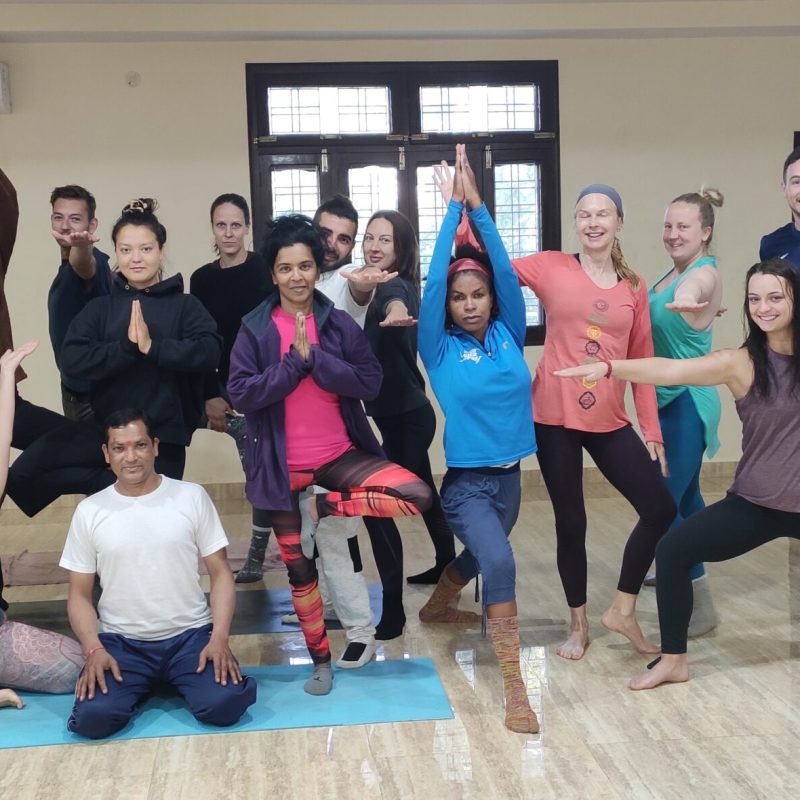
300 Hour Yoga Teacher Training in Rishikesh (India)
Duration: 28 Days
Module: Residential with Meal
Accommodation: Shared Room
Certification: Yoga Alliance USA
Course Fee: 1349 USD
Yoga Style: Hatha Yoga
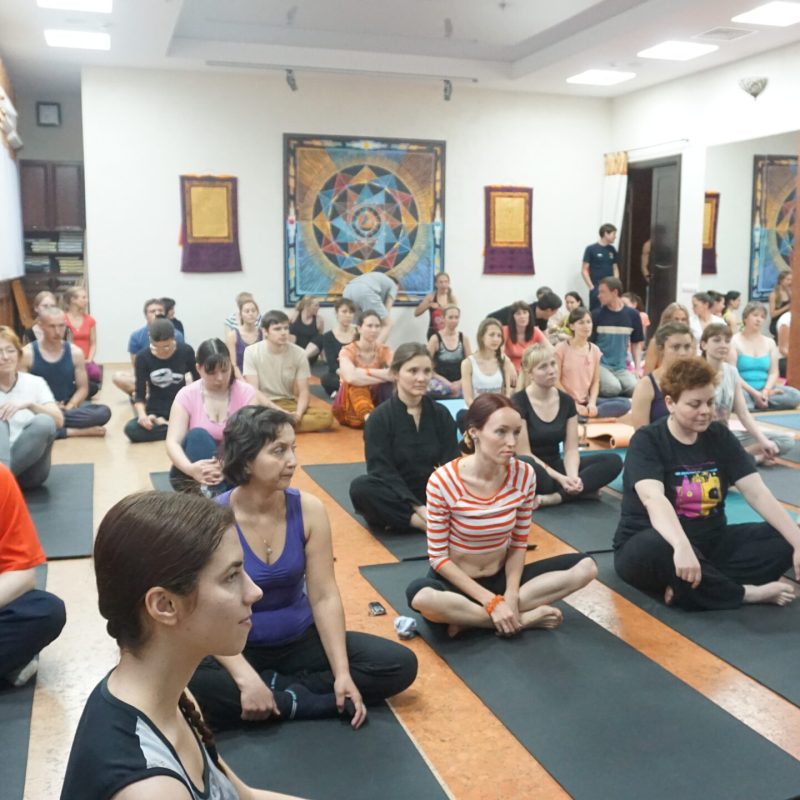
500 Hour Yoga Teacher Training in Rishikesh (India)
Duration: 55 Days
Module: Residential with Meal
Accommodation: Shared Room
Certification: Yoga Alliance USA
Course Fee: 2699 USD
Yoga Style: Hatha Yoga
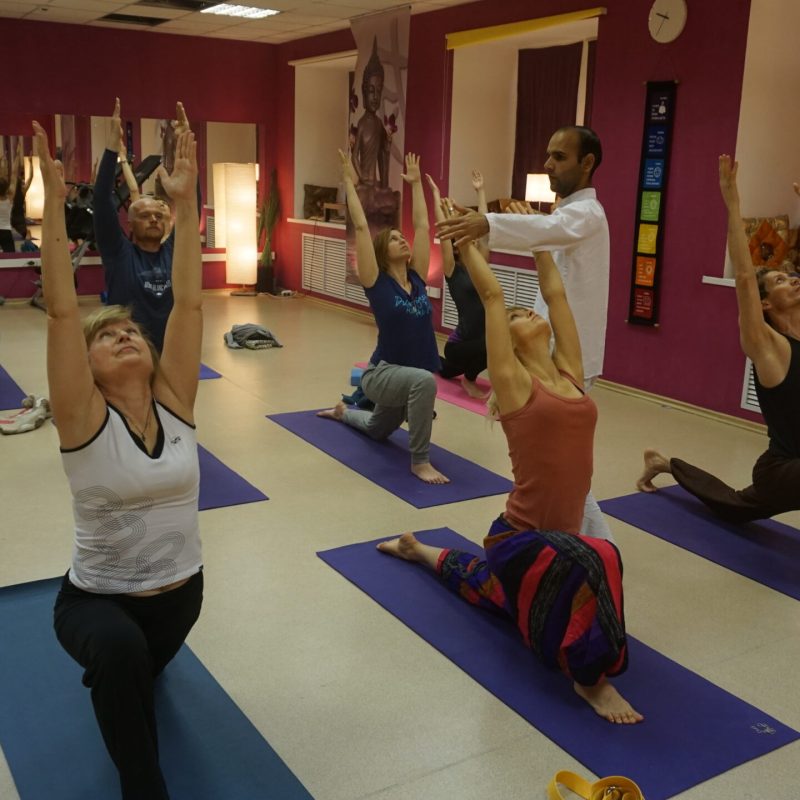
07 Days Yoga Retreats in Rishikesh (India)
Duration: 07 Days
Module: Residential with Meal
Accommodation: Shared Room
Certification: Yoga School
Course Fee: 499 USD
Style: Yoga Retreats

10 Days Yoga Retreats in Rishikesh (India)
Duration: 10 Days
Module: Residential with Meal
Accommodation: Shared Room
Certification: Yoga School
Course Fee: 649 USD
Style: Yoga Retreats
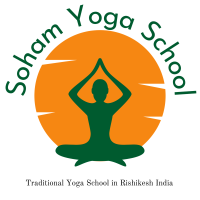
Nestled in Rishikesh, Soham Yoga School offers Yoga Alliance certified teacher training programs in Hatha and Ashtanga yoga styles. Emphasizing meditation, pranayama, “and” yoga philosophy, each course—from “100” to “500” hours—promises deep learning “and” personal growth. With comfortable accommodation “and” nutritious meals, graduates gain internationally recognized certifications “and” profound yoga knowledge.
